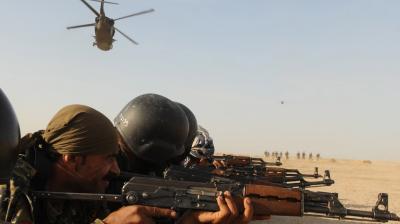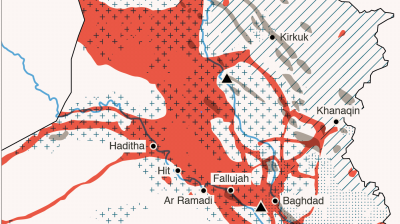Iraq's competing security forces after the battle for Mosul
In July 2017, Iraqi Prime Minister Haider al-Abadi announced victory and the end of the “fake Daesh [ISIL] state”. But the prime minister was careful with his wording. He did not want to proclaim another “mission accomplished” in relation to a Salafi-jihadi group. Iraq has been there before: Consider the fate of al-Qaeda in Iraq in 2005, or the Islamic State of Iraq in 2008. Prime Minister Al-Abadi, according to interviews with his advisors, is well aware that the roots of the Islamic State — neglect, marginalization and corruption — remain rife and that Iraq is far from entering a post-Islamic State (ISIL) phase in this sense.
The international community has fewer qualms. It is already starting to view Iraq as “post-Islamic State” to which it can apply its standardized state-building formula, including in the area of security sector reform. For one, the United States intends to supersize its train and equip efforts for Iraq’s Security Forces by expanding the U.S. Office of Security Cooperation in Iraq’s remit from the army to include civilian and police security organizations. It will have about $13 billion to spend.
This is a risky strategy. Iraq has several effective and legitimate armies today – the Iraqi army, the Kurdish Peshmerga, the Popular Mobilization Forces (PMF, largely Shia paramilitaries), along with local tribal forces. Strengthening only the former without a plan for the other state-recognized military forces reflects conventional thinking that says the use of force must be centralized to strengthen state power. This ignores Iraq’s realities and, in particular, its fragmented political and security situation. A push for centralization is likely to lead to more violence. Instead, Baghdad needs a more creative approach to security sector reform that respects existing political interests while making it more difficult to take recourse to violence.
The full publication can be read here.
Source: War on the Rocks.






